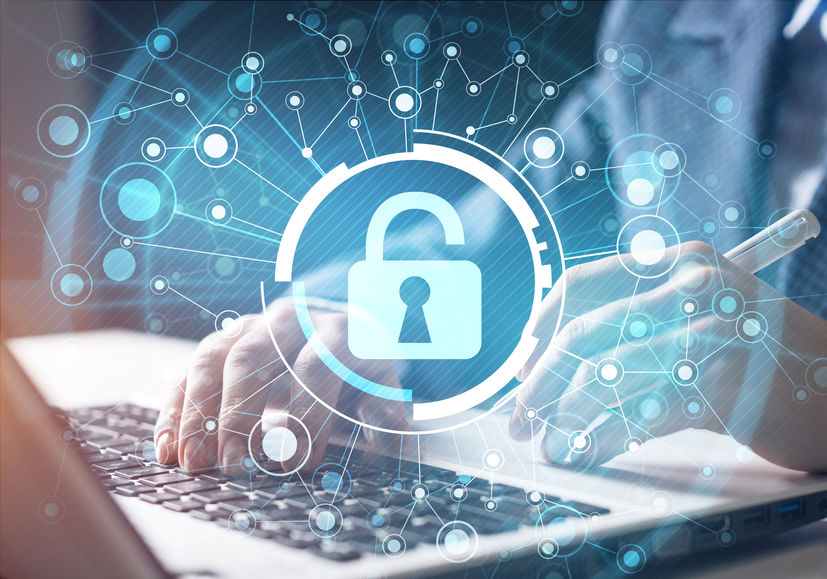In today’s interconnected digital world, businesses face growing cybersecurity threats. From data breaches to ransomware attacks, the cost of ignoring cybersecurity can be devastating—not just financially but also in terms of reputation. Reactive responses to breaches are no longer sufficient. Instead, businesses must adopt proactive cybersecurity practices to safeguard their operations and data effectively. This article explores how proactive measures, including continuous penetration testing, can save businesses from costly breaches.
LEARN MORE: Read the latest business news here
Understanding Proactive Cybersecurity Practices
Proactive cybersecurity focuses on identifying and addressing threats before they cause damage. Unlike reactive strategies that kick in after an attack, proactive measures involve continuous monitoring, risk assessment, and preventative action.
For example, proactive cybersecurity might involve regularly updating software, monitoring network activity for unusual behavior, and conducting routine vulnerability assessments. These practices ensure businesses stay ahead of cybercriminals, who constantly evolve their attack methods. The benefits are clear: reduced risk of breaches, lower recovery costs, and stronger customer trust.
The Role of Continuous Penetration Testing
One of the most effective tools in proactive cybersecurity is continuous penetration testing. This method involves simulating cyberattacks on a business’s systems to uncover vulnerabilities. Unlike one-time tests, continuous penetration testing ensures that security weaknesses are identified and addressed in real time. Solutions like Bishop Fox’s continuous pen testing exemplify how businesses can maintain a constant state of readiness by combining advanced tools and expert insights.
Consider this: cyber threats evolve daily. A system that passed a security test six months ago could now be vulnerable to newly developed attack methods. Continuous penetration testing closes this gap. It acts as a real-world stress test for your cybersecurity defenses, revealing areas that need improvement before attackers can exploit them. Businesses that adopt this practice save money and build a culture of ongoing vigilance.
Enhancing Cybersecurity Through Zero Trust Architecture
Another cornerstone of proactive cybersecurity is adopting a Zero Trust Architecture (ZTA). Unlike traditional network security models that assume trust for devices inside the network perimeter, ZTA assumes that threats could exist inside and outside the network. It requires constant verification of all users and devices attempting to access resources.
Implementing ZTA reduces the risk of insider threats and attackers’ lateral movement within a compromised network. With multi-factor authentication, encrypted communications, and least privilege access, Zero Trust Architecture ensures that every access attempt is evaluated, minimizing vulnerabilities.
The Importance of Regular Security Awareness Training
Employees play a critical role in cybersecurity, often serving as the first line of defense against phishing, social engineering, and other human-targeted attacks. Regular security awareness training equips staff with the knowledge to recognize and respond to threats.
For example, employees trained to spot phishing emails can prevent attackers from accessing sensitive systems. This proactive measure also fosters a culture of accountability, where everyone in the organization becomes invested in maintaining security. Regular updates to the training program ensure staff stay informed about evolving tactics used by cybercriminals.
Key Strategies for Proactive Cybersecurity
Adopting proactive cybersecurity involves a multi-faceted approach. Here are some key strategies:
- Continuous Penetration Testing: Regularly assess your systems for weaknesses, as discussed earlier.
- Threat Intelligence: Stay informed about emerging threats and tailor your defenses accordingly.
- Employee Training: Human error is one of the leading causes of breaches. Teach your staff to recognize phishing emails and suspicious links.
- Advanced Monitoring Tools: Use AI-driven technologies to detect anomalies in real time. These tools can identify unusual activity faster than traditional methods.
Each strategy builds on the others, creating a comprehensive security framework.
The Financial Impact of Proactive Measures
Some business leaders hesitate to invest in proactive cybersecurity due to perceived costs. However, the financial implications of a breach far outweigh the upfront expenses of preventative measures.
For instance, the average data breach cost 2024 is estimated to exceed $4 million. In comparison, implementing continuous penetration testing and other proactive measures costs a fraction of that amount. Beyond direct savings, businesses also gain long-term benefits such as reduced downtime, higher customer retention, and fewer legal liabilities.
Conclusion: A Safer Future for Your Business
Cybersecurity is no longer optional—it’s a business imperative. By adopting proactive practices, including continuous penetration testing, Zero Trust Architecture, and regular employee training, you can reduce risks, protect sensitive data, and save significant costs in the long run.
The digital landscape will only become more complex, and cyber threats will continue to evolve. Taking action now ensures your business is prepared to face these challenges head-on, safeguarding your operations and reputation. Don’t wait for a breach to occur—stay ahead of the curve with proactive cybersecurity.




